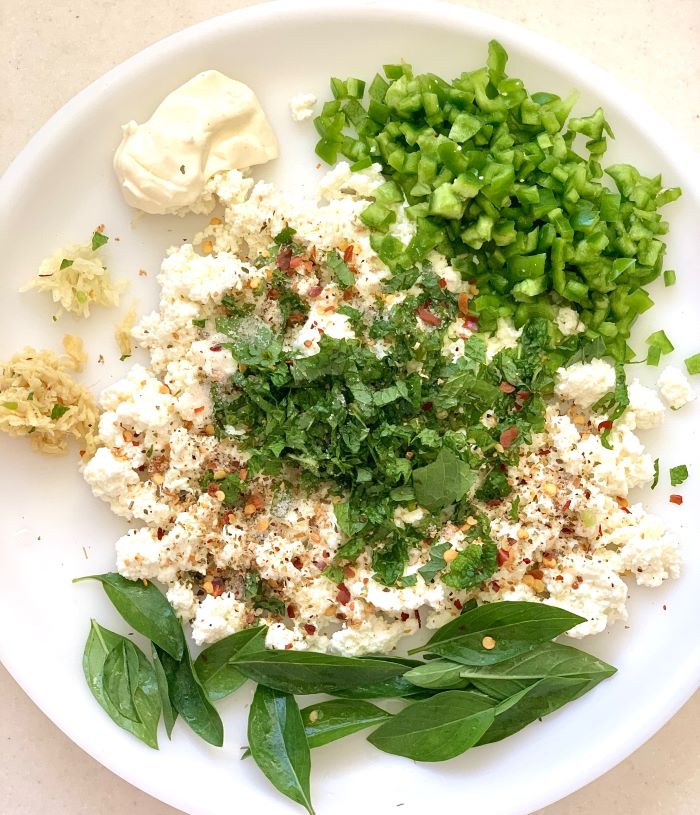
Introduction
Welcome to the world of chia seeds, a superfood that’s stealthily making its way into the heart of Indian kitchens. Once unknown, these tiny seeds have now become a staple for those looking to add a nutritious punch to their diet. This post isn’t just about what chia seeds are; it’s an exploration of how they seamlessly blend with Indian cuisine, enhancing both the flavor and the nutritional value of traditional dishes.
What Are Chia Seeds?
Chia seeds, small and unassuming, are native to Central America but have found a global audience due to their impressive nutritional profile. Rich in omega-3 fatty acids, fiber, protein, and a host of vitamins and minerals, they are a powerhouse of health benefits. But how do they fit into the Indian diet, known for its diverse flavors and textures? Let’s dive in.
Health Benefits: More Than Just a Seed
- Heart Health: These seeds are a boon for cardiovascular health, thanks to their high omega-3 content.
- Weight Management: The fiber in chia seeds keeps you full for longer, aiding in weight control.
- Bone Strength: Rich in calcium, magnesium, and phosphorus, chia seeds are great for bone health.
- Blood Sugar Regulation: Their ability to slow down digestion helps in stabilizing blood sugar levels.
Incorporating Chia Seeds into Indian Cuisine
The versatility of chia seeds means they can be included in any meal, adding a nutritional kick without compromising on taste.
- Chia Seed Parfait: Start your day with layers of chia pudding, fruits, yogurt, and granola. A delightful and nutritious breakfast option.
- Energy Bars: Combine chia seeds with dates, nuts, and dried fruits for a homemade energy bar – perfect for those mid-day hunger pangs.
- Chia Seed Upma: Give your regular upma a nutritious twist by adding chia seeds to the mix.
- Chia Seed Raita: Enhance this cooling side dish with a sprinkle of chia seeds for added texture and health benefits.
- Chia Seed Chapati: Integrate chia seeds into your chapati dough to make this staple more nutritious.
- Chia Seed Lassi: A refreshing drink made more healthful with the addition of chia seeds.
Chia Seeds: Beyond the Kitchen
Apart from their culinary uses, chia seeds also offer benefits for skin hydration and protection against oxidative stress. They’re a multi-faceted ingredient that transcends the boundaries of cooking.
Conclusion
The integration of chia seeds into Indian cuisine is not just a trend, but a testament to their versatility and health benefits. Whether you’re sprinkling them over your breakfast or mixing them into your dough, these tiny seeds can make a big impact on your health. So, next time you’re whipping up an Indian dish, remember to add a sprinkle of chia seeds for that extra nutritional punch!
Experiment and Share
We encourage you to experiment with chia seeds in your cooking and share your creations with us. Whether it’s a traditional dish with a chia twist or something entirely new, let’s celebrate the fusion of good health and great taste. Share your recipes and experiences in the comments below or on social media using #ChiaInIndianCuisine.
Remember, with chia seeds, a little goes a long way in making your meals healthier and more flavorful. Happy cooking!
10 FAQs About Chia Seeds in Indian Cuisine
1. What are chia seeds and where do they come from?
- Chia seeds are tiny, nutrient-dense seeds from the Salvia hispanica plant, native to Central America. They’ve gained global popularity for their health benefits.
2. Can chia seeds be used in traditional Indian cooking?
- Absolutely! Chia seeds can be incorporated into various Indian dishes like parfaits, upma, chapatis, and lassi, enhancing their nutritional value without altering their traditional flavors.
3. How do chia seeds benefit health?
- Chia seeds are a rich source of omega-3 fatty acids, dietary fiber, protein, and essential minerals, contributing to improved heart health, digestion, bone strength, and blood sugar regulation.
4. Are chia seeds suitable for weight loss diets?
- Yes, their high fiber content helps in feeling full for longer periods, aiding in weight management.
5. How can I add chia seeds to my breakfast?
- Chia seeds can be added to breakfast dishes like smoothies, parfaits, and oatmeal, or used to make energy bars for a nutritious start to the day.
6. Do chia seeds have any side effects?
- In general, chia seeds are safe for most people, but overconsumption can lead to gastrointestinal issues. It’s always best to consume them in moderation.
7. Can chia seeds be cooked, or are they eaten raw?
- Chia seeds can be eaten raw or added to cooked dishes. They can be soaked in liquids like milk or water, which makes them swell and attain a gel-like consistency.
8. Are chia seeds gluten-free?
- Yes, chia seeds are naturally gluten-free, making them a great option for those with gluten sensitivities or celiac disease.
9. How do I store chia seeds, and how long do they last?
- Store chia seeds in an airtight container in a cool, dry place. They can last up to two years if stored properly.
10. Can chia seeds be used in desserts?
- Definitely! They can be used in puddings, as a topping for desserts, or incorporated into baked goods like cakes and cookies for added nutrition.
Blog Tags
Chia Seeds, Indian Cuisine, Healthy Eating, Superfoods, Nutritional Cooking, Heart Health, Weight Management, Gluten-Free, Vegetarian Recipes, Breakfast Ideas















